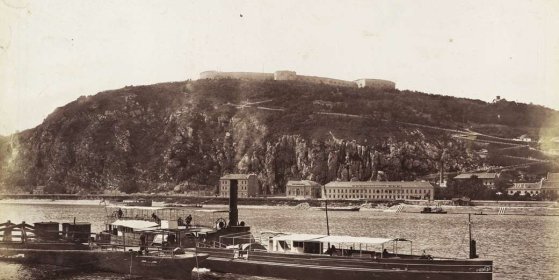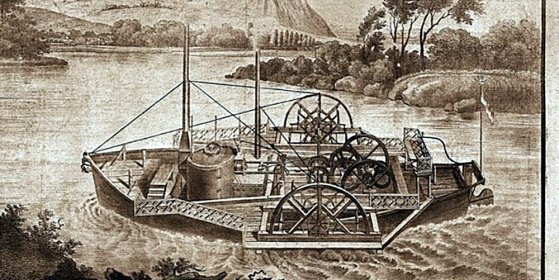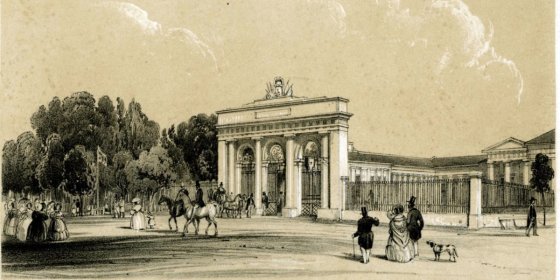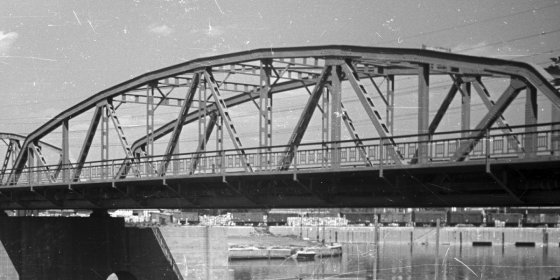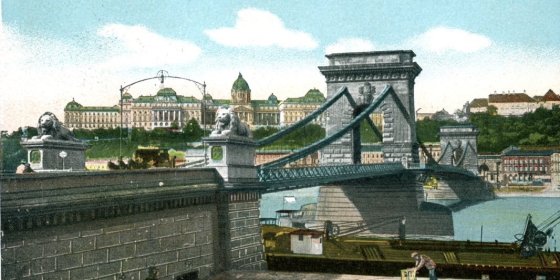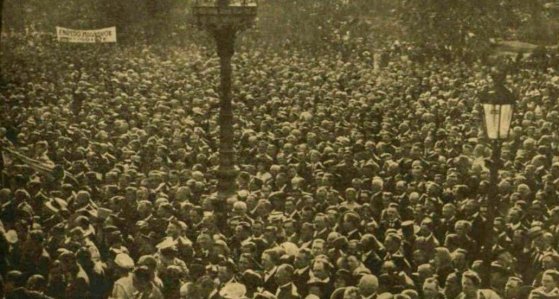 The „intertwined history” of the bridges and the city of Budapest
Which ideas and events have shaped the fate of bridges of Budapest and the cityscape? Alongside many other interesting facts, this question is also answered this newly published book by the Budapest City Archives, which introduces the history of bridges in Budapest.
The „intertwined history” of the bridges and the city of Budapest
Which ideas and events have shaped the fate of bridges of Budapest and the cityscape? Alongside many other interesting facts, this question is also answered this newly published book by the Budapest City Archives, which introduces the history of bridges in Budapest.
histories
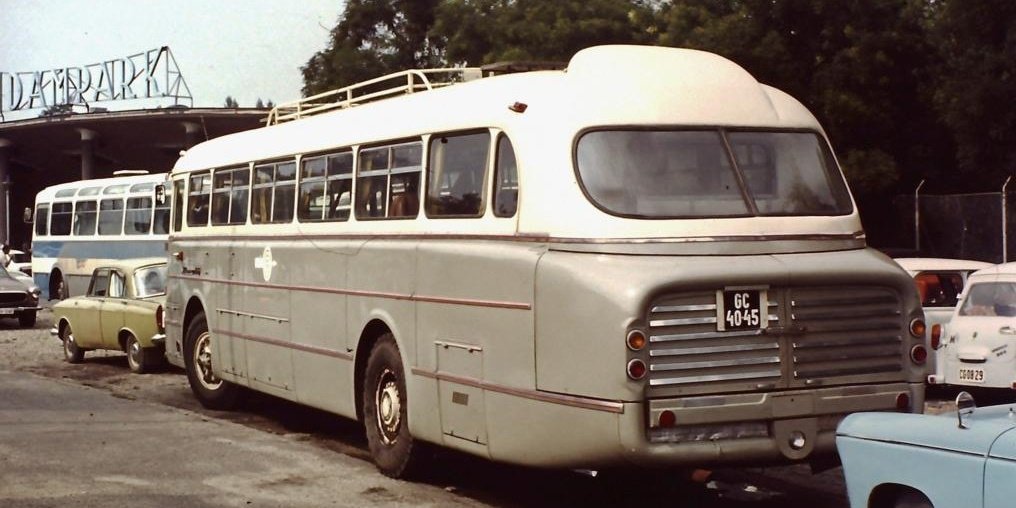 How did cars get into the City Park which has also been suggested as a site for a Formula 1 track?
How did cars get into the City Park which has also been suggested as a site for a Formula 1 track?
July 22, 2020 at 1:00 PM
The City Park will be car-free, and the Kós Károly Promenade will be closed. But how did cars get into the City Park at all? Why does a busy main road lead through City Park, and how did it become a car park?
From Pest to Gellért Hill by funicular
July 16, 2020 at 3:00 PM
Reaching Buda from Pest downtown at the end of the 19th century was not easy. Climbing to the top of Gellért Hill had similar issues. These two problems would have been solved by the truly spectacular idea of János Ruppenthal, i.e., building a bridge and a funicular.
The first steamboat sailed from Pest to Buda two hundred years ago
July 13, 2020 at 11:00 AM
A bizarre machine started operating 200 years ago on the Danube between Buda and Pest. A 13-metre-long, small, smoking structure, with a large wheel on each side, splashed water and towed a passenger barge after it. Although the company lived for only a year, it started steam navigation on the Danube.
Obligatory Sunday shooting practice lead to the construction of the Pest Shooting« Range 180 years ago
July 11, 2020 at 2:00 PM
In the past, every citizen of Buda and Pest was required to know how to shoot. Not because they were expected to stand their ground in a dual, but because they had to be prepared to defend the cities should an enemy attack. The new Pest Shooting Range was completed 180 years ago on the present-day Lövölde Square.
A bridge bears the name of the respected Hungarian engineer who designed a canal to go around Budapest
July 9, 2020 at 2:00 PM
Have you ever heard of Jenő Kvassay? The name may be familiar to those who know Budapest well, as the city houses a Kvassay Bridge, Kvassay Road and Kvassay Lock. These are all named after the Hungarian hydraulic engineers, who played a central part in regulating the Danube.
The Chain Bridge Purchase – 150 years ago the State bought the Chain Bridge
July 1, 2020 at 12:00 PM
What is now a famous Budapest landmark, the Chain Bridge, was originally constructed by a private company and opened in 1849. In return, the company received a range of financial benefits from the state, including the right to charge everyone for crossing.
The mourning Budapest - The traffic of the capital and the heartbeat of the nation stopped 100 years ago
June 4, 2020 at 7:00 PM
On that day, no shops were opened in Budapest, no performances were held, cafés, restaurants and clubs remained closed. In the schools of the capital, the teachers told the students about the injustice they had experienced in Hungary, moved, with tears in their eyes. A multitude of people expelled from the torn-off area staged a silent protest on Andrássy Avenue against the 4 June Treaty of Trianon. All Pest newspapers were shocked to report on the fragmentation of Hungary, and regardless of party affiliation, they unanimously rejected the Paris decision.
More articles
 The „intertwined history” of the bridges and the city of Budapest
Which ideas and events have shaped the fate of bridges of Budapest and the cityscape? Alongside many other interesting facts, this question is also answered this newly published book by the Budapest City Archives, which introduces the history of bridges in Budapest.
The „intertwined history” of the bridges and the city of Budapest
Which ideas and events have shaped the fate of bridges of Budapest and the cityscape? Alongside many other interesting facts, this question is also answered this newly published book by the Budapest City Archives, which introduces the history of bridges in Budapest.
 The Bridge Report, which brought a turning point in the history of Budapest
A travel report that changed the history of Pest and Buda, as well as Hungary. The little book contributed to the change of half a thousand years of legal customs and the implementation of an investment of unprecedented size and technical quality. This book was The Bridge Report [Hídjelentés in Hungarian].
The Bridge Report, which brought a turning point in the history of Budapest
A travel report that changed the history of Pest and Buda, as well as Hungary. The little book contributed to the change of half a thousand years of legal customs and the implementation of an investment of unprecedented size and technical quality. This book was The Bridge Report [Hídjelentés in Hungarian].
 Drama on the university wall - The heroic monument was planned 95 years ago
In the constant hustle and bustle of the Egyetem Square in Pest, the students may not even notice the monument that decorates the short section of wall between the church and the central building of ELTE. However, it commemorates their predecessors, the heroes who fought for their country in World War I, and those who heroically helped them. The first design of the dramatically collapsing soldier was born in 1928, ninety-five years ago.
Drama on the university wall - The heroic monument was planned 95 years ago
In the constant hustle and bustle of the Egyetem Square in Pest, the students may not even notice the monument that decorates the short section of wall between the church and the central building of ELTE. However, it commemorates their predecessors, the heroes who fought for their country in World War I, and those who heroically helped them. The first design of the dramatically collapsing soldier was born in 1928, ninety-five years ago.

